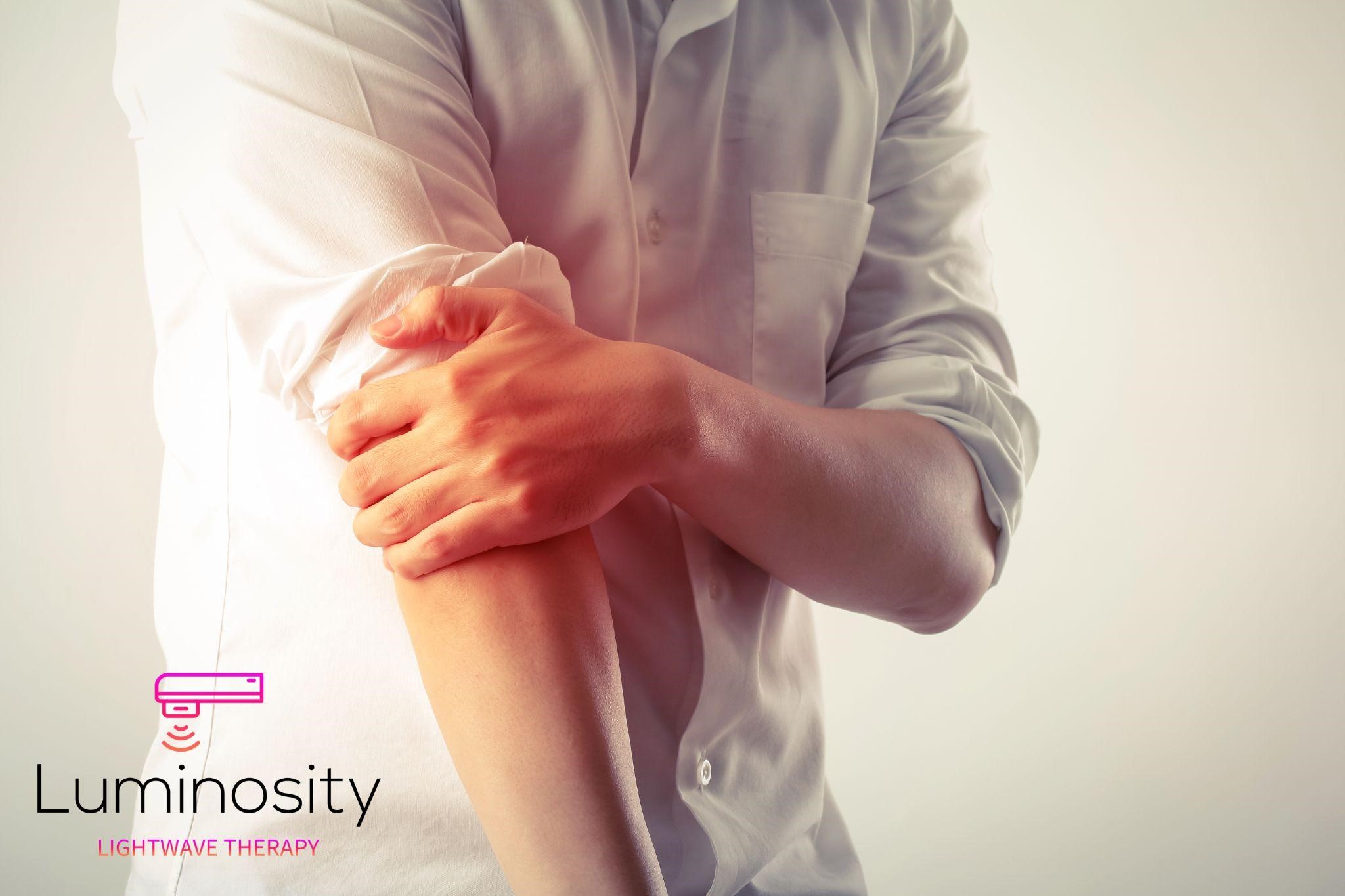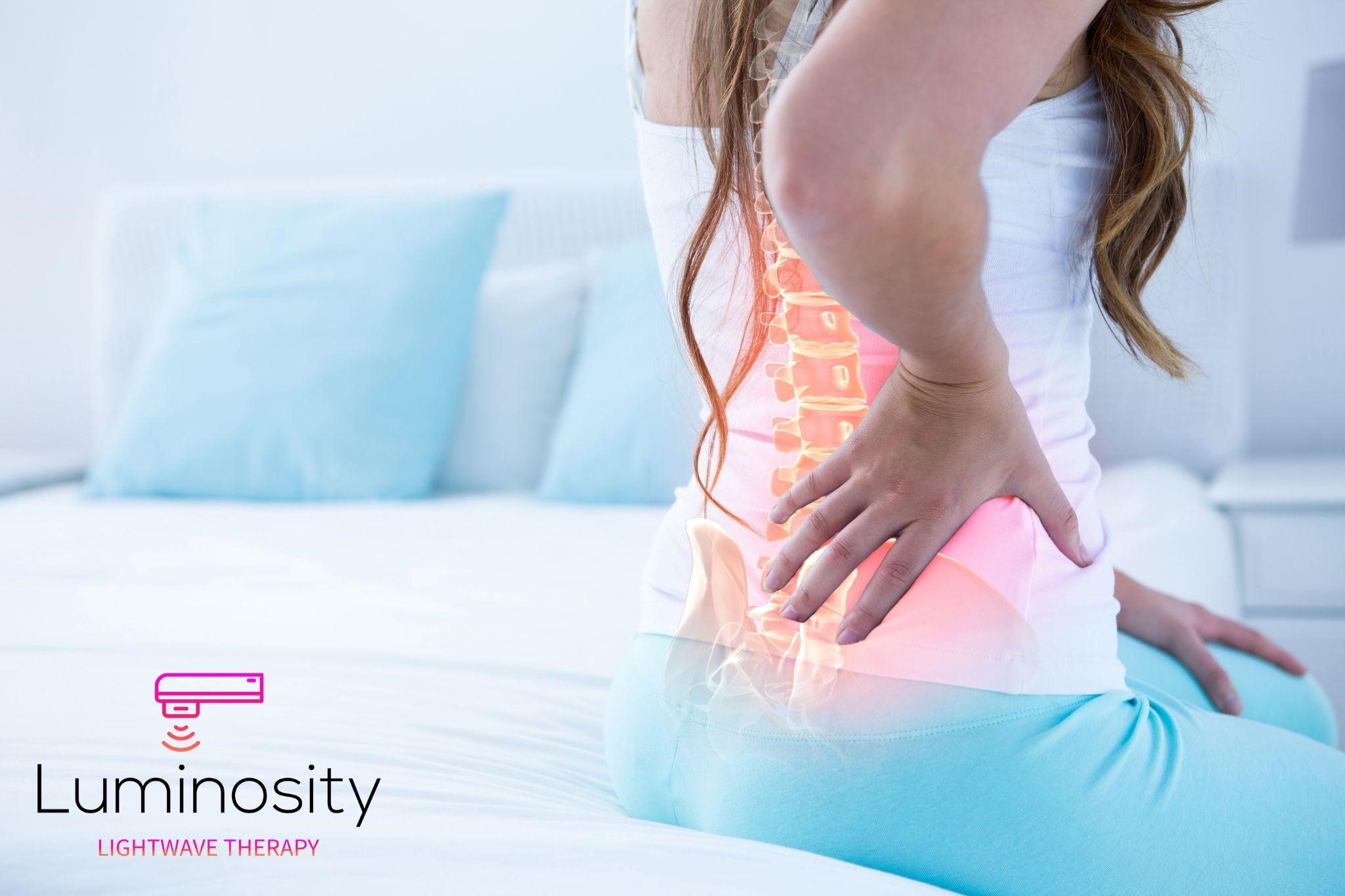A simplified explanation of how laser therapy works and the power of photobiomodulation.
Aug 7, 2023
Back to all posts
Laser therapy, also called photobiomodulation, has sparked a lot of interest in non-invasive medical treatments because it can speed up healing and relieve pain. In this blog post, we’ll learn about the exciting world of photobiomodulation. We’ll look at how it works on a cellular level and see how well it works in different clinical settings.
Understanding Photobiomodulation: Low-level laser therapy (LLLT) or low-level light therapy (LLLT) is used in photobiomodulation to send specific wavelengths of light to particular tissues. Photons of this light are taken in by the structures of cells. This starts a chain of biochemical reactions that help the body heal, reduce inflammation, and relieve pain.
Mechanisms of Action
1. Increased cellular metabolism: photons of light are taken in by mitochondria, which are the power plants of cells. This leads to more adenosine triphosphate (ATP), which is the energy currency of cells, being made. Increased ATP production gives cells the energy they need to do their jobs, which speeds up mending and tissue regeneration.
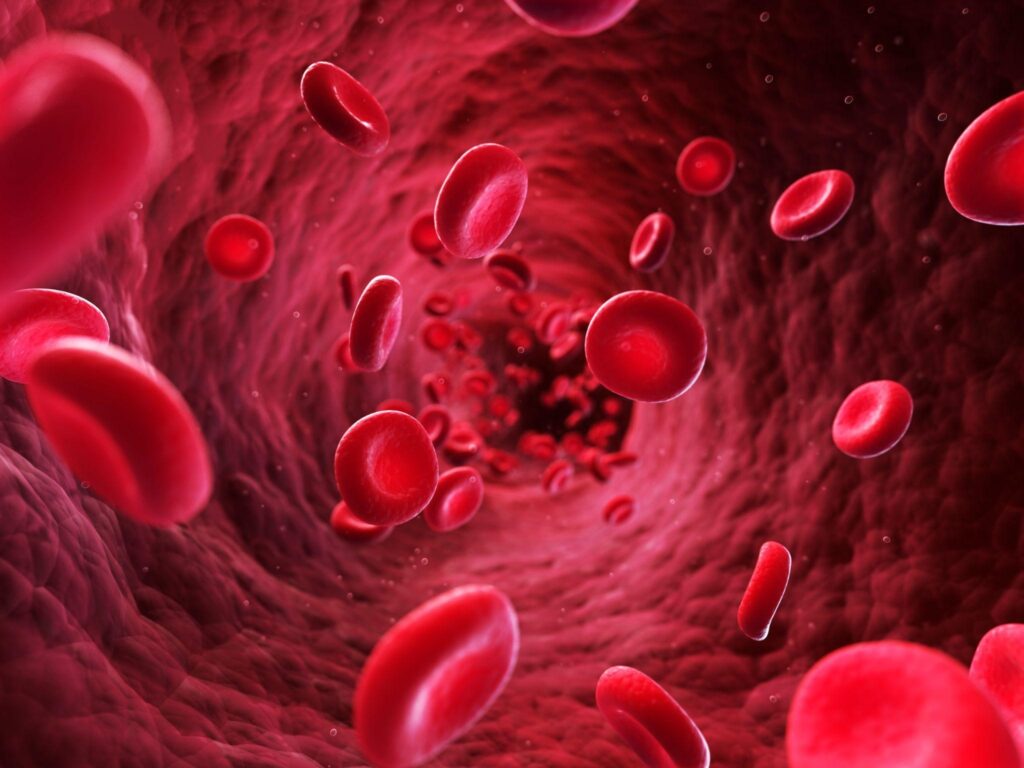
2. Increased Blood Flow: Light energy triggers the release of nitric oxide, a powerful vasodilator that relaxes blood vessels and improves blood flow to the treatment area. Better circulation makes it easier for air, nutrients, and immune cells to reach where they need to go. This speeds up the healing process and reduces inflammation.
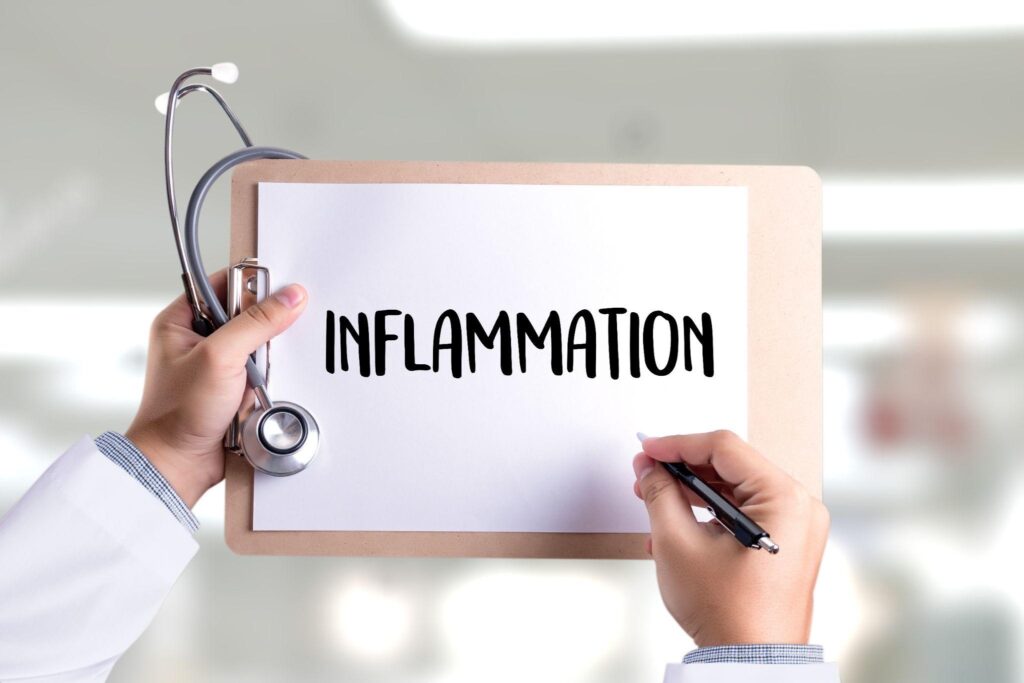
3. Controlling inflammation: Photobiomodulation can help control inflammation by lowering the production of pro-inflammatory molecules and increasing the release of anti-inflammatory cytokines. This balanced regulation helps to keep inflammation under control and keep damage to tissues to a minimum.
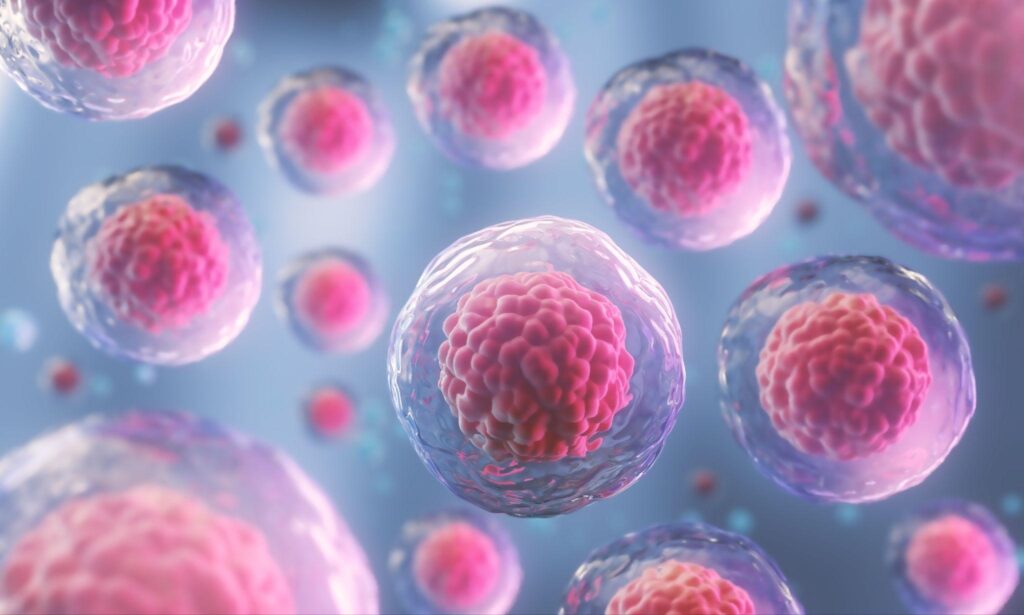
4. Stimulation of Cell Signaling Pathways: Light energy can turn on different cell signaling pathways, such as the mitogen-activated protein kinase (MAPK) pathway and the nuclear factor-kappa B (NF-B) pathway. These routes are very important for cell growth, cell division, and tissue repair, which helps the healing process even more.
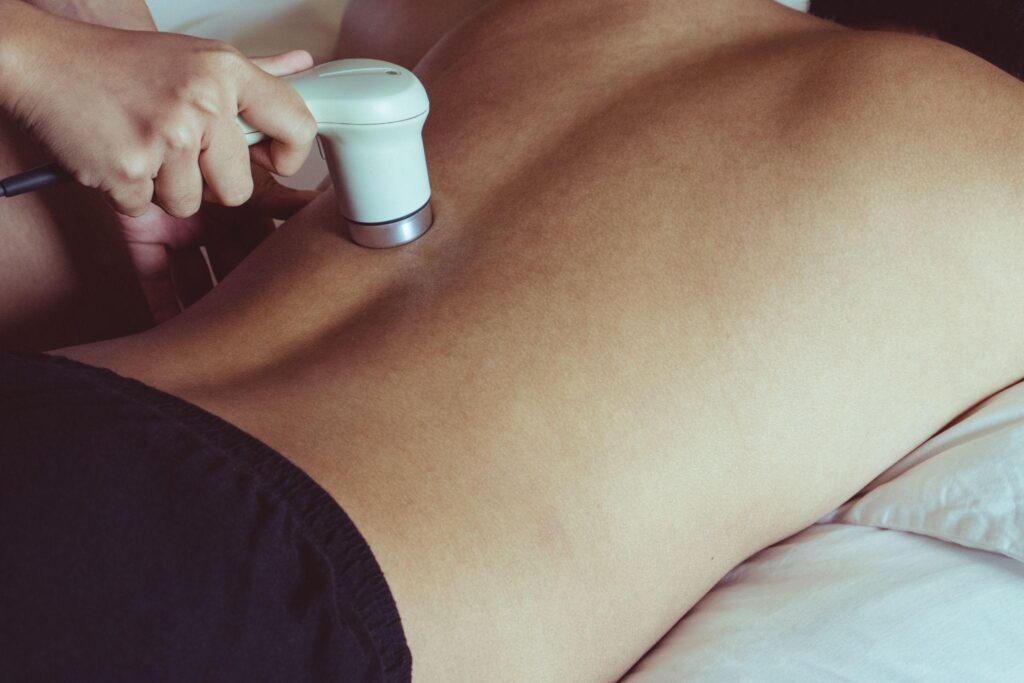
Clinical Applications and Effectiveness:
1. Musculoskeletal Conditions: Laser treatment has been shown to help treat musculoskeletal conditions like arthritis, tendonitis, sprains, and strains. It can help relieve pain, make joints move better, and speed up the healing of tissues.
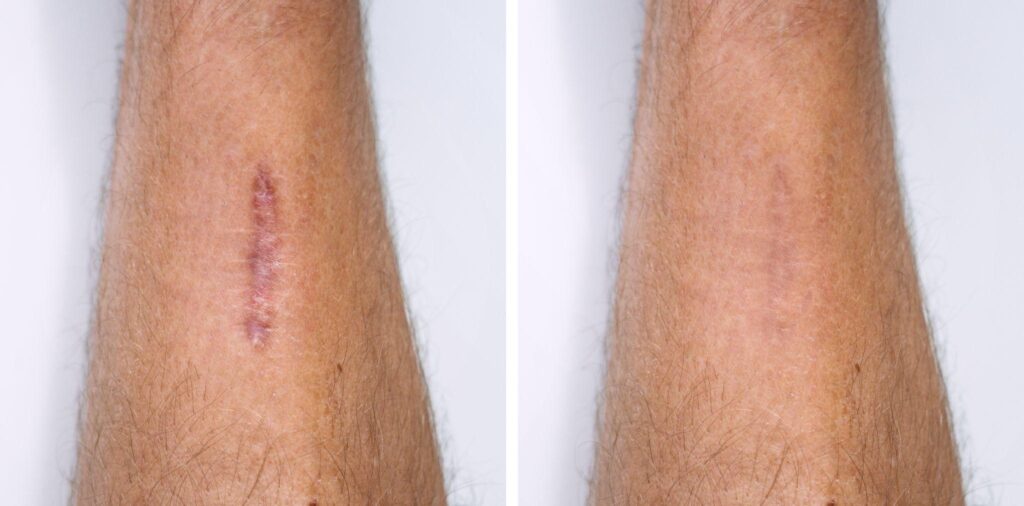
2. Healing scars: Photobiomodulation has been used to speed up the healing of both new and old scars. It speeds up tissue repair, decreases inflammation, and helps granulation tissue grow.
3. Pain Relief: Laser treatment has been shown to help with both short-term and long-term pain. It can help with pain caused by nerve damage, arthritis, and pain after surgery. Laser therapy is a non-invasive alternative to standard ways of treating pain. It changes how people feel pain and reduces inflammation.
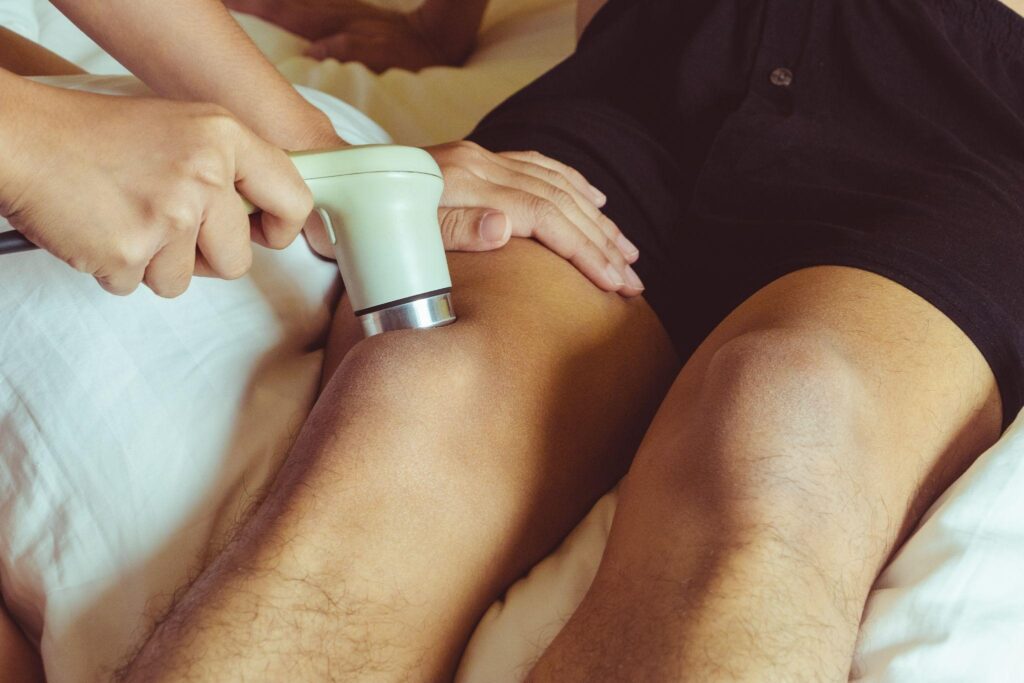
4. Dermatological Applications: Laser treatment can be used to improve the look of the skin, reduce scars, and help hair grow back. It helps the body make more collagen, improves the tone and structure of the skin, and makes scars and wrinkles look less noticeable.
Scientific Evidence and Clinical Support: Lab studies, preliminary research, and clinical trials have given photobiomodulation a lot of scientific evidence. Several studies have shown that it works and is safe in a wide range of situations. Scientific study backs up the use of laser therapy by professional medical groups like the World Association for Laser Therapy.
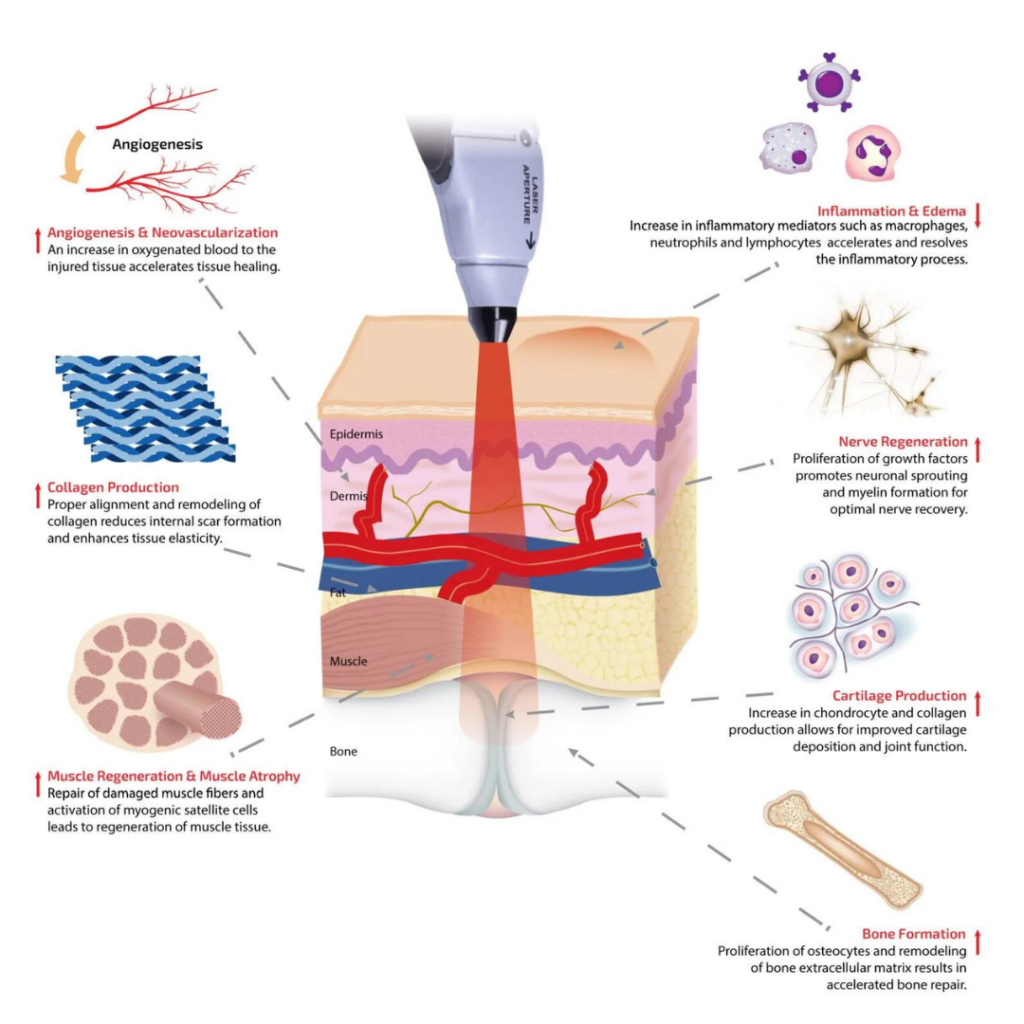
Photobiomodulation, also known as laser therapy, uses the power of light to speed up healing and fix tissues. Through how it works, it speeds up the metabolism of cells, improves blood flow, controls inflammation, and turns on cell communication pathways. Laser therapy has been shown to be successful for treating musculoskeletal problems, helping wounds heal, reducing pain, and making people look better. But it is important to talk to a qualified healthcare professional to figure out the best way to treat your unique condition. As scientific understanding grows, photobiomodulation has a lot of potential to change the way non-invasive medical treatments are done.
